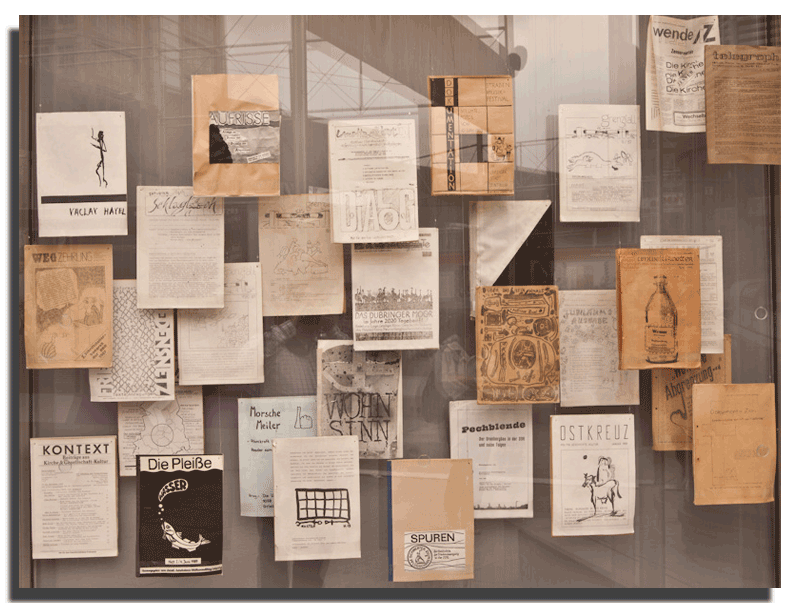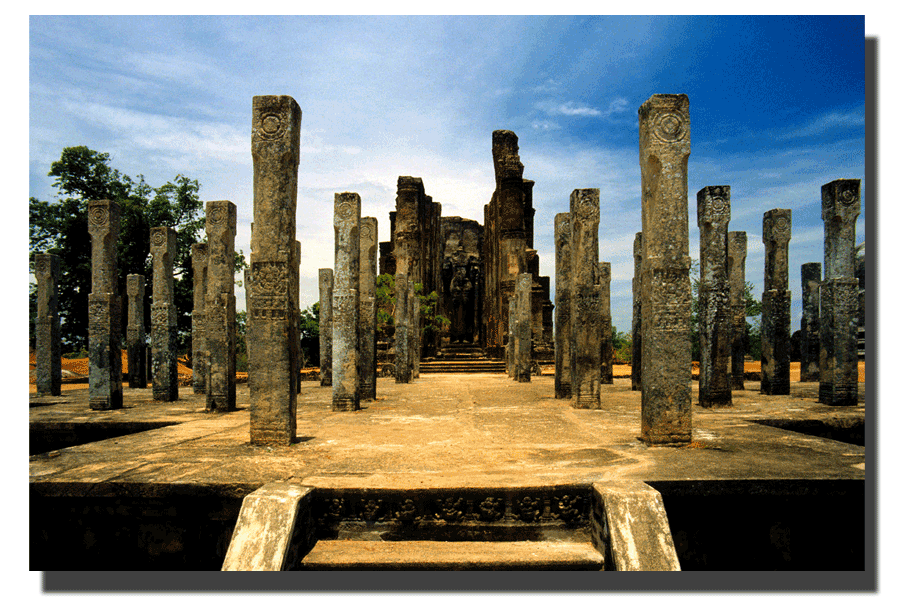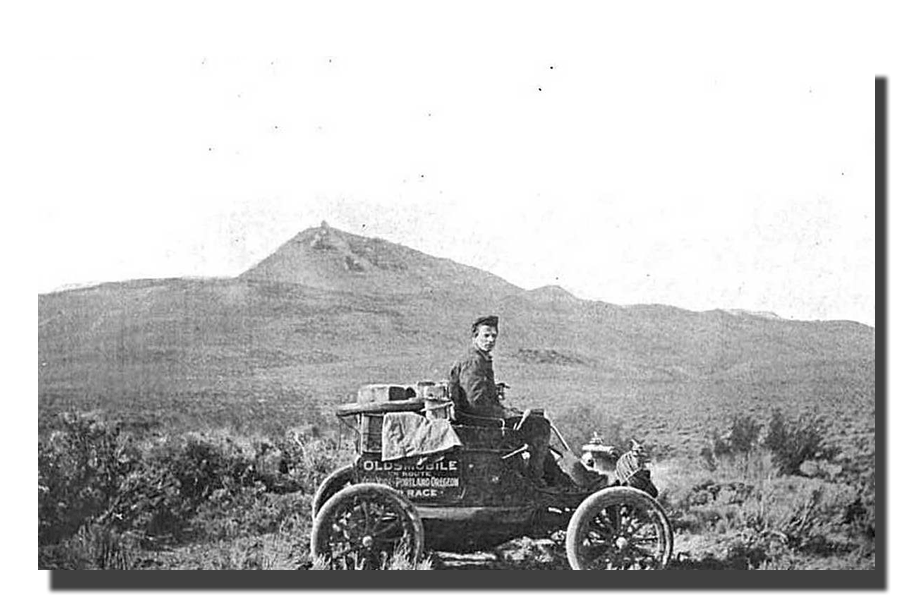Reading Questions
Reading Answer Explanations
2011-2012 Specialized High Schools Student Handbook
(Questions in new window/tab)

2012-2013 Specialized High Schools Student Handbook
(Questions in new window/tab)

2011-2012 Specialized High Schools Student Handbook
(Answers in new window/tab)

2012-2013 Specialized High Schools Student Handbook
(Questions in new window/tab)

PASSAGES
Passage 1:

Wolves communicate with one another in a variety of ways, including scent marking, posture, and body movements. For centuries, however, it has been the howling of wolves that has stirred the emotions and imaginations of people. Researchers have spent years trying to understand why wolves howl, occasionally simulating wolf howls themselves to determine how the wolves will respond.
10
Howling apparently serves several purposes. Wolves howl to keep track of one another’s location or to reestablish contact, especially when roaming in unfamiliar territory. Howling also serves to reinforce the cohesion of the pack. Wolves howl to assemble the members before a hunt and to celebrate success after a hunt. In addition, howling may be a way to mark the boundaries of a pack’s territory, in the same way
20
that some birds use birdsong to warn other birds away.
A group howling session may continue for as long as an hour, and an individual howl may last up to 20 seconds, followed by a pause. Each wolf, like each human being, has a distinctive voice, and each wolf in a pack recognizes the howls of the other members. Like people, young wolves have higher-pitched voices than their elders.
30
They are less likely to initiate a howling session, but they join in quickly when another wolf begins to howl. When wolves howl in chorus, they do not howl in unison; rather, each wolf joins in on another note.
The image of the lone wolf howling at the moon may fascinate, but it is the exception, not the rule. A lone wolf will sometimes howl, perhaps looking for a mate or other wolves to begin a new pack, but howling is predominantly a social activity. Much
40
howling, therefore, may be an expression of celebration, fellowship, or sheer good spirits. The evidence suggests that wolves howl, at least in part, because they enjoy it. However, theories about the motivations for animal behavior must carefully consider the evidence. For example, some observers have claimed that wolves fake their howling in order to fool other wolves. They maintain that a young wolf can bluff its way out of trouble
50
by lowering the pitch of its voice to sound like an older animal. Or, a chorus of four wolves can sound like nearly a dozen and thus intimidate potential enemies. But no independent evidence has been found to support these notions. Such behaviors, if they occurred, might indeed fool people, but wolf hearing is so discriminating that it is unlikely that wolves themselves would be fooled. Besides, wolves learn early that silence
60
is often the best defense in times of danger.
Passage 2:

Imagine living in a society where ordinary people could be punished for what they choose to read and write. For much of the twentieth century, such a closed society existed in Russia and the rest of the Soviet Union. The Soviet government tried to dominate its citizens’ activities and ideas by controlling the information that they received. Government censors examined books, films, and newscasts and banned
10
anything they considered objectionable. They censored criticism of the Soviet government, news from the outside world, and anything that complimented Soviet enemies.
The Soviet government’s strict censorship made life tremendously difficult for writers. Most worried that they were being watched by the government’s secret police. Despite the harsh laws, small
20
groups of writers dodged state censorship through an underground, or secret, publishing network that produced works called samizdat. The name samizdat came from the Russian words for “self” and “publish.” For many writers, samizdat offered the only outlet for their intellectual and creative expression. To produce samizdat, an author passed a typed or handwritten text to a second person, who
30
made a handwritten or typed copy. The original was returned to the author, while the copies were passed to other members of the network. The works were unsigned or signed with false names.
At first, samizdat focused mainly on literature, such as poetry and novels. By the late 1950s, samizdat circles were distributing political material, such as letters to the
40
government, political essays, and trial transcripts. By the mid-1960s, the samizdat network produced sophisticated political news, debate, and analysis.
The great Russian novelist Boris Pasternak had his work published as samizdat. Like other writers, he feared that an appearance of disloyalty to the Soviet state would bring a knock at his door in the middle of the night. His classic novel, Doctor Zhivago, was smuggled out of the Soviet Union for publication in Western countries in 1956;
50
in Russia, it appeared only as samizdat. Pasternak won the Nobel Prize in Literature in 1958, but the government forced him to refuse the prize. Soviet authorities also blocked publication of the work of Anna Akhmatova, one of Russia’s greatest poets. Her work was banned until 1952 because censors felt she did not sufficiently praise the Soviet government. Akhmatova was kept out of public life and the official Writers’ Union.
60
She composed her poetry in private, and her works were available only as samizdat.
Through the 1960s and ’70s, Russian writers used samizdat networks to circulate banned or politically risky material. By the late 1980s, computers became available in scientific research facilities, and
underground writers began using the computers to store and circulate texts. Censorship was officially abolished in 1989,
70
shortly before the breakup of the Soviet Union, leading to a publishing boom.
Works by previously banned authors were published, and the samizdat networks quickly faded into history.
Passage 3:

If you have ever watched someone fall on the ice, you’ve seen slipperiness at work. But have you wondered what makes ice slippery, or why skates or skis glide across ice so easily? The answer might seem obvious: ice is smooth. Yet smoothness in itself does not explain slipperiness. Imagine, for example, skating on a smooth surface of glass or sheet metal. Surprisingly, scientists do not fully
10
understand why ice is slippery. Past explanations of slipperiness have focused on friction and pressure. According to the friction theory, a skate blade rubs across the ice, causing friction. The friction produces heat, melting the ice and creating a slippery, microscopically thin layer of water for the skate to glide on. The friction theory, however, cannot explain why ice is slippery even when someone
20
stands completely motionless, creating no friction. The pressure theory claims that pressure from a skate blade melts the ice surface, creating a slippery layer of water. The water refreezes when the pressure is lifted. Science textbooks typically cite this explanation, but many scientists disagree, claiming that the pressure effect is not great enough to melt the ice. Nor can the pressure theory explain why someone
30
wearing flat-bottomed shoes—which have a greater surface area than skate blades and thus exert less pressure per square inch—can glide across the ice or even go sprawling. During the 1990s, another theory found acceptance: the thin top layer of ice is liquid, or “liquid-like,” regardless of friction or pressure. This notion was first proposed more than 150 years ago by physicist Michael Faraday. Faraday’s
40
simple experiment illustrates this
property: two ice cubes held against each other will fuse together. This happens, Faraday explained, because liquid on the cubes’ surfaces froze solid when the surfaces made contact.
Faraday’s hypothesis was overlooked, in part because scientists did not have the means to detect molecular structures. However, technological advances during
50
recent decades allow scientists to measure the thin layer on the surface of the ice. For example, in 1996, a chemist at Lawrence Berkeley Laboratory shot electrons at an ice surface and recorded how they rebounded. The data suggested that the ice surface remained “liquid-like,” even at temperatures far below freezing. Scientists speculate that water molecules on the ice surface are always in motion because
60
there is nothing above them to hold them in place. The vibration creates a slippery layer of molecules. According to this interpretation of the Lawrence Berkeley Laboratory experiments, the molecules move only up and down; if they also moved side to side, they would constitute a true liquid. Thus it could be said that people are skating on wildly vibrating molecules! The phenomenon of a slippery
70
liquid-like surface is not limited to ice, although ice is the most common example. Lead crystals and even diamond crystals, made of carbon, also show this property under certain temperature and pressure conditions.
Passage 4:

The African country of Zimbabwe took its name from the Shona word meaning “stone enclosures” or “venerated houses.” In fact, dozens of stone ruins are today scattered throughout Zimbabwe and other areas in southeastern Africa. One of these ruins, known as “Great Zimbabwe,” was once a fabled city that inspired tales that circulated throughout Europe. Where was this remarkable city, and who had built it?
10
For centuries the mystery occupied the minds of explorers and treasure-seekers. The first reports to Europeans of Great Zimbabwe were spread a thousand years ago by Arab traders sailing between the Middle East and the east coast of Africa. They told of the fabulous wealth of a mysterious stone city in the African interior. In their tales, that city became associated with their understanding of
20
Middle Eastern history—with the Queen of Sheba, King Solomon, and his legendary gold mines, long since lost to the world. By the sixteenth century, Portuguese explorers regularly visited East Africa, searching for “King Solomon’s gold,” but they never found Great Zimbabwe. In 1552, a Portuguese historian, João de Barros, recorded a story told by the Arabs about a city with a “square fortress of masonry
30
within and without, built of stones of marvelous size, and there appears to be no mortar joining them.”
In fact, Great Zimbabwe was a marvel. In one area, a massive wall, over thirty feet high and twenty feet thick, created a great enclosure. Another area contained a fortress-like series of walls, corridors, and steps built into the bluff above. Throughout the city, each stone was
40
precisely fitted to the others without the use of mortar. In the 1870s, a German geologist, Karl Mauch, was the first European to see Great Zimbabwe, by then in ruins. Mauch realized that he had “rediscovered” the fabled city from de Barros’s story. He jumped to the conclusion that Great Zimbabwe had been built by the Queen of Sheba.
British authorities sent a British journalist, Richard Hall, to Great Zimbabwe to
50
investigate Mauch’s report. Archaeology was still in its infancy, and Hall, convinced that the structures had been built by ancient people from the Middle East, dug up and discarded archaeological deposits that would have revealed much about the true history of Great Zimbabwe. Later European excavations destroyed even more valuable evidence. In the twentieth century, after excavating areas that had
60
not been disturbed, David Randall-MacIver, a Scottish Egyptologist, and Gertrude Caton-Thompson, an English archaeologist, concluded that the ruins were unmistakably African in origin. Great Zimbabwe was most likely built during the fourteenth or fifteenth century by the ancestors of the present-day Shona people. Recent carbon-14 dating supports their conclusion. Great Zimbabwe
70
was once home to an estimated 20,000 people, the center of a great Shona kingdom. Wealthy Shona kings traded their ivory and gold in coastal towns for other goods, thus accounting for the discovery of beads and other foreign wares in the ruins.
One mystery of Great Zimbabwe had been solved. Another mystery remains: why was the settlement at Great Zimbabwe abandoned, leaving the magnificent stone architecture
80
to fall into ruins?
Passage 5:

In 1903, Dr. H. Nelson Jackson, a Vermont doctor, was enjoying a vacation in California when he made a historic bet with a few friends. Jackson claimed that, though he was not a professional driver, he could cross the country by automobile. While driving cross country is commonplace today, at the turn of the last century such a trip was unprecedented. Automobile routes in the northeastern
10
United States were well maintained, and the number of highway miles was increasing rapidly. Most roads in the western states, however, were little more than rough wagon tracks. Refusing any assistance from automobile manufacturers, Jackson and his driving partner, Sewell Crockett, left San Francisco and headed east, somewhat ironically reversing the earlier routes of the
20
pioneers. Like those rugged settlers, the two men spent much of their time traveling on muddy trails over hazardous and rough terrain. Though their automobile, a 1903 Winston, performed well, they often encountered unexpected delays. No one had ever attempted a cross-country automobile trip before, and maps were quite unreliable. Often their trip was held up by an unanticipated
30
canyon or a surging river that they had thought would be miles away.
Residents of some small towns had never seen an automobile, and when the Winston approached, many of them trembled in fear. The modern machine attracted so much attention that Jackson’s bulldog Bud was given the responsibility of guarding the car from people who, enchanted by its novelty, were tempted to steal a shiny piece as a souvenir. In Idaho, after sinking embarrassingly into a shallow
50
quicksand pit, Dr. Jackson had to ask for help from a farmer who pulled the “state-of-the-art” automobile out of the muck, using the team of horses from his wagon.
On July 26, Jackson and Crockett reached their destination, New York City, and drove down Fifth Avenue in Manhattan. They had completed their trip in sixty-three days, traveling between 4,200 and 4,500 miles. Their cross-continental record was shortlived,
60
however. By 1910, other drivers, benefitting from better driving conditions, had shortened the transcontinental crossing time to ten days. It may be that Jackson and Crockett played as much of a role in “opening up” the continent as did their predecessors who traveled in covered wagons.
